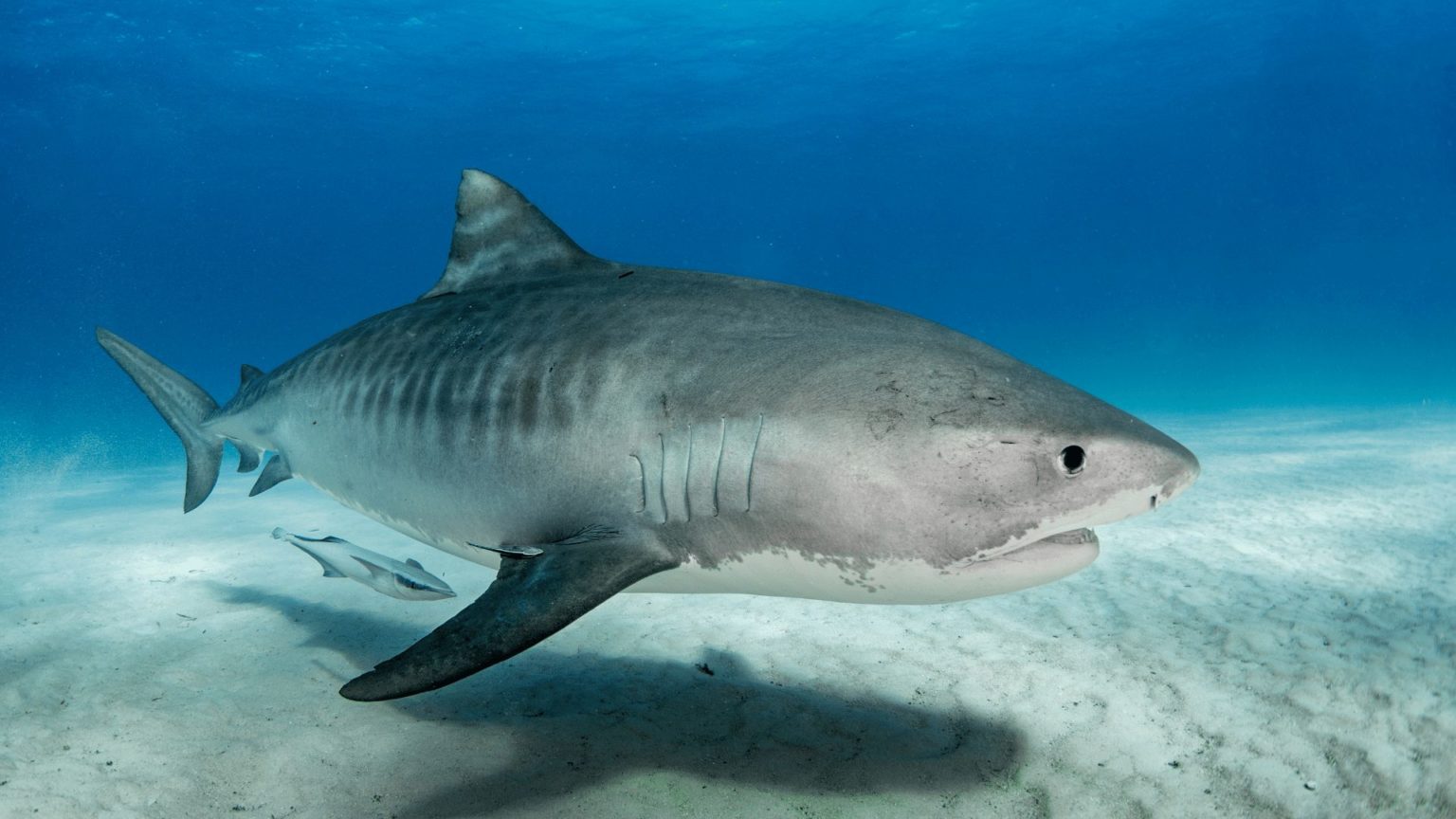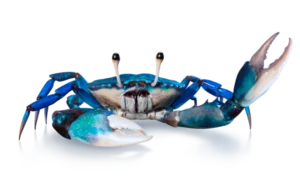Fiji Scuba Diving
Known as the ‘soft coral capital of the world’, but does it deserve this title, and is it worth travelling thousands of miles for scuba diving in Fiji – Mark Evans says ‘yes’ – and here he explains why
Scuba diving in Fiji is a fair old haul from North America, which means it takes a good 13-14 hour flight to get there. With dive locations such as the Caribbean being far closer, is it really worth travelling such a long distance for a diving vacation? The answer, quite simply, is a resounding ‘yes’!
Fiji had always been on my bucket list as a dive destination, and earlier this year I finally got to tick that box, flying to Fiji’s main island Viti Levu, before finally ending up at the Volivoli Beach Resort nestled on the northern tip of the island. Sat on a headland looking out towards Vanua Levu – the second-biggest island (there are more than 330 Fijian islands in total, in case you were wondering) – it enjoys enviable views across Bligh Waters, which are home to more than 50 dive sites, most of which are no more than 20 minutes from the resort.
Soft coral is what Fiji is renowned for, and soft coral is what we got when we jumped in at sites with names such as Mellow Yellow, Garden of Eden, Wheatfields, Heartbreak Ridge and Black Magic Mountain. On each and every one of them, I was blown away by the sheer proliferation of soft corals and sponges, which adorned every square inch of available reef space. As if this riot of color was not enough of a visual feast, you then had swarms of reef fish roaming through the coral, while in the blue waters above shoals of barracuda and jacks cruised effortlessly on the lookout for prey. The dive guides are justifiably proud of their local reefs, and take great pleasure in showing you its delights, including on one site a tiny pygmy seahorse nestled in the midst of a small gorgonian tucked into a swim-through. God knows how he found it in the first place!
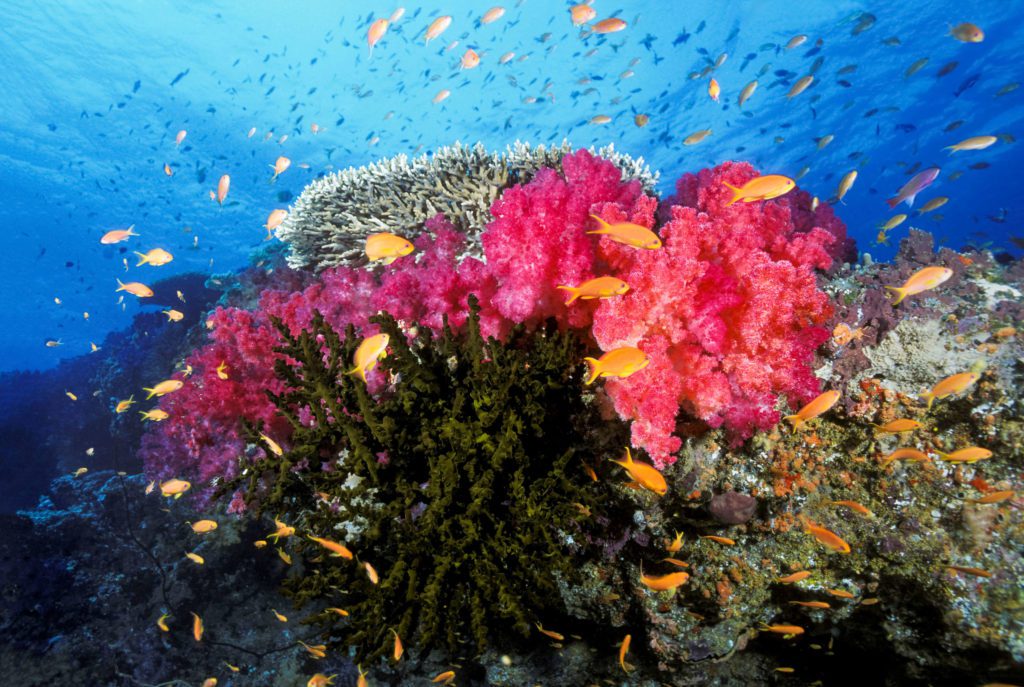
Some of the sites can have relatively strong currents, but that is why the soft corals are so healthy and vibrant – this constant flow of water brings plenty of nutrients. However, on the flip side, there are also dive sites that are in fairly benign waters and the reefs come quite shallow, meaning whatever your level of experience, the dive crew can put you on a site that is suitable for your qualification.
Photographers will be in their element, particularly those who enjoy capturing dramatic, eye-catching wide-angle reef shots, but don’t forget your macro lens, because as well as the aforementioned pygmy seahorse, the Fiji reefs were swarming with nudibranchs, flatworms, and various species of the tiny crustacean.
FUN FACT - You must try a cup of Kava when you are in scuba diving in Fiji. This iconic beverage – which looks a bit like muddy rainwater - is not only traditional, it is the country’s national drink, and a major ingredient is the ground root of a plant that belongs to the pepper family. Drinking it is normally combined with an elaborate ceremony.
Dive in Fiji
Not all the sites require a boat journey – right off the small beach in front of the Volivoli Beach Resort you can explore scattered coral bommies on a sandy bottom. Depending on the state of the tide, you can either get several feet of visibility or, as we encountered tagging it on to the end of a ‘normal’ boat-diving day, less than a couple. However, it was worth jumping into the decidedly-less-than-tropical conditions with our trusty guide as he promised seahorses and frogfish and duly delivered. In less than 25 minutes of swimming around in the murk, we found four six-inch-long seahorses and then a chunky frogfish perched on a piece of sponge protruding up from a coral head. From his animated celebrations underwater, I think our guide was very happy with his discoveries!
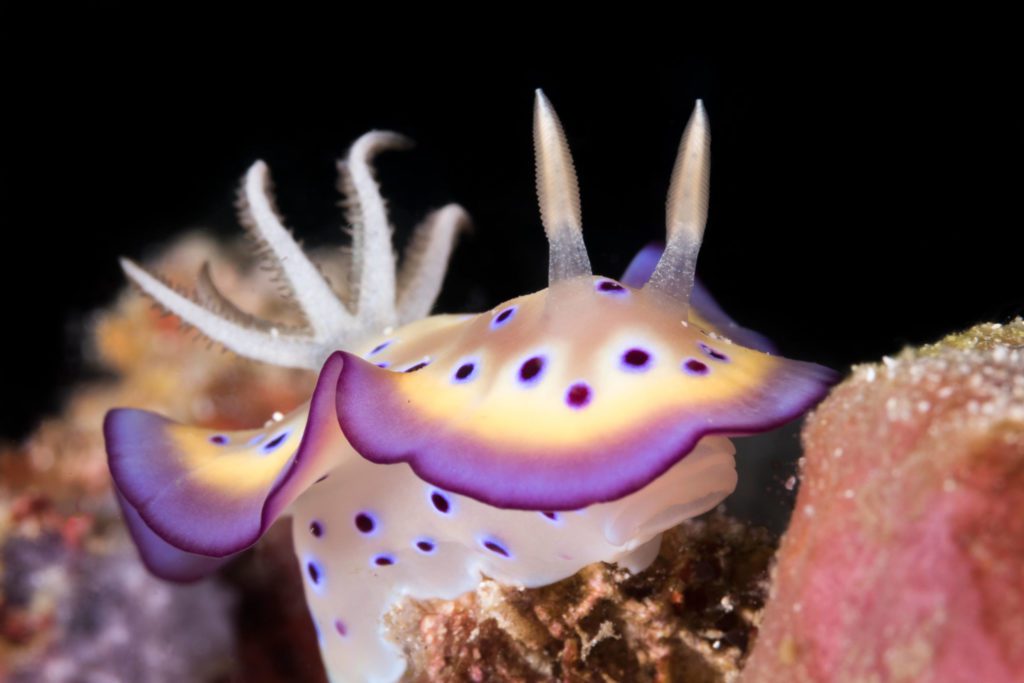
So does scuba diving in Fiji deserve its title? To be brutally honest, I have dived on several reefs – notably Small Brother and Ras Mohammed – in the Egyptian Red Sea that can give Fiji a serious run for its money in the soft-coral stakes, but as we all know, in this day and age it is not just about the actual diving. Fiji has a real charm to it – the people are immensely friendly and welcoming, the topside scenery is jaw-droppingly beautiful, and the reef diving is right up there with the best, which as a combo package is pretty hard to beat. In my case, throw in the comfortable accommodations, attentive staff and exquisite food at Volivoli Beach Resort and Ra Divers, and you have all the ingredients needed for a truly memorable diving vacation. But Fiji had one more ace up its sleeve – bull sharks, and lots of them, and that is where I was headed next…
DID YOU KNOW? - Many people think Fiji is an island, but actually, it is an island nation, comprising an archipelago of more than 330 islands and some 500 islets.
The Volivoli Beach Resort is a true family affair. Opened in 2005, it is run by Kiwis Steve and Gail, along with their sons Steve Jnr and Nick. Initially in the country as part of a construction project on the Kings Road, it didn’t take long for the family to become immersed in the local culture, with Steve Jnr and Nick going to school in the village of Rakiraki.
Over the years, what started with Ra Divers in the 1980s has developed into the boutique resort that Volivoli is today, with high-end accommodation offering amazing views, absolutely divine food, as well as plenty of diving and fishing on tap, not to mention a lovely pool and day spa for when you want to relax.
Fiji Diving with Sharks
Fiji’s Beqa Lagoon has become legendary in shark-diving circles for its intense bull shark dives – especially when a big tiger shark put in a surprise appearance!
The stripes were instantly recognisable, yet it still took me a second or two to compute that a ten-foot-plus tiger shark had just launched itself over my left shoulder and into the melee occurring in front of me. It caught one of the shark wranglers by surprise too, and it took him a few seconds to recover his composure as well. What followed was ten minutes of some of the most-intense pelagic interactions I have ever had, as the shark team from Aqua Trek hustled to continue the scheduled bull shark dive we were in the middle of while simultaneously dealing with the unexpected visitor, which used its immense size to muscle in on the action. It definitely took a keen interest in my strobes, and as it made circuits around the assembled throng of divers, it kept making repeated advances towards me, only to be ‘deflected’ by one of the wranglers with his trusty shark pole. When it eventually lost interest in the scenario and glided off into the blue, I looked over at Stephan and laughed at his wide eyes – I am sure the view he was getting was much the same. I have done plenty of shark dives over the years, both organised feeds and ‘natural’ encounters, and this was certainly in my top three. Phew, Beqa Lagoon was definitely living up to its reputation!
BULL SHARKS – the name comes from their stocky shape, broad flat snout and sometimes aggressive behaviour - are also known as the Zambezi shark in Africa, and the Lake Nicaragua shark in, as you’d expect, Nicaragua. It is one of the few sharks that can thrive in both salt and fresh water and can travel far up rivers – they have even been seen as far as Alton, Illinois, up the Mississippi River, which is a tremendous 700 miles from the ocean!
Flying to Fiji
So how did I end up on the other side of the planet playing with sharks? It all started when I was asked “Do you fancy going to Fiji?” by DeeperBlue supremo Stephan Whelan several months previously. After I spluttered out a ‘yes’, he divulged more details – he had won a trip for two people to go shark diving courtesy of Fiji Tourism, as part of a competition involved with David Diley’s award-winning Of Shark and Man documentary. Stephan and I in the water with big sharks – what could possibly go wrong?
Months of back and forth with the tourist authority tying down dates eventually saw us embark on our Pacific adventure, and the epic journey was relatively painless as we were both overly excited for what was to come. Our initial few days were spent in the north of Viti Levu diving on the coral reefs, before moving down south for the ‘main event’, and this is an awesome way to get over any jet lag, settle into the beautiful country and get some quality dives under your belt.
We flew from London to Singapore on a direct 13-hour flight with Singapore Airlines, staying overnight in Singapore, and then flew on from Singapore direct into Fiji the following day which is another 10 hours with Fiji Airways.
Pacific Harbour is the gateway to Beqa Lagoon’s iconic dives, and while obviously, the bull shark dives are what everyone knows, there are also some fantastic coral reef dives as well, so when you are here, don’t miss out on some afternoon forays to these great sites as a relaxing accompaniment to the morning’s shark action. Highlights included Caesar’s Rocks, a collection of pinnacles smothered in soft corals and sponges that attracted a wide variety of reef dwellers; Side Streets, an orderly row of reef structures which is bizarrely akin to strolling down a surface street between houses, but where the pedestrians are fish; Glory Hole, which has a swim-through draped with yellow soft corals and is teeming with marine life; and the Seven Sisters, seven coral pinnacles adorned in vibrant soft corals, sponges and sea fans.
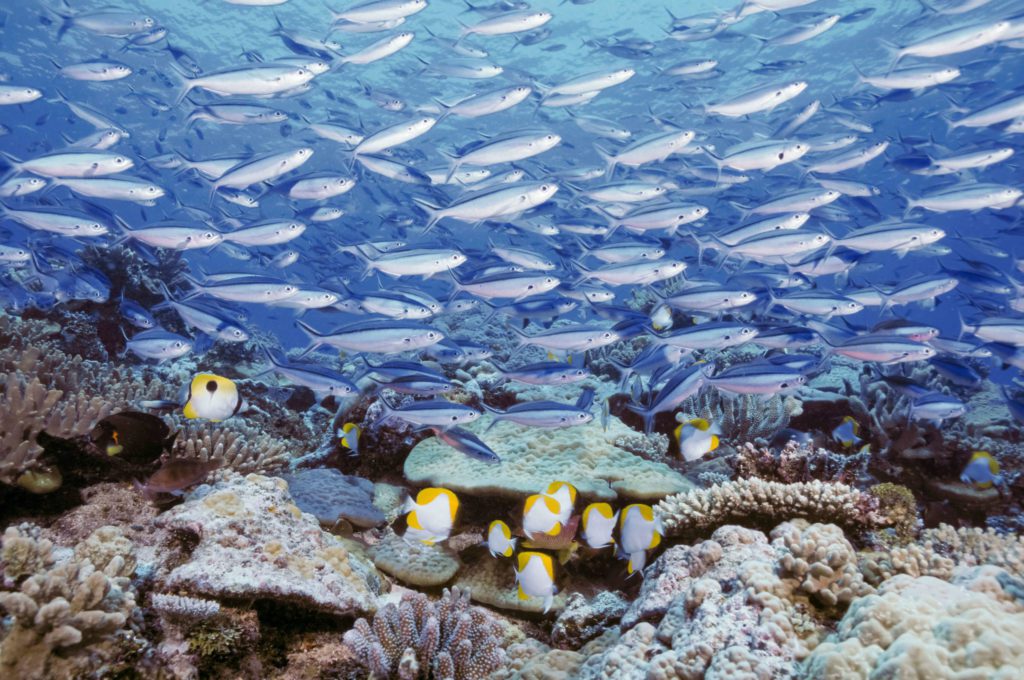
However, there is one main reason people come to dive out of Pacific Harbour – and that is the bull shark dives. There are two companies offering these in-your-face dives – Aqua Trek and Beqa Adventure Divers – and to say there is a serious rivalry between the centres is a bit of an understatement! I am not going to dig into all of this but suffice to say both of them operate very differently, and it will be up to the diver which of the two methods and approaches they prefer.
ADVENTURE CENTRAL - Pacific Harbour is known as the ‘adventure capital’ of Fiji, and as well as the shark-diving, you can go river tubing, on a jet boat up the river, off-roading in an all-terrain buggy, big-game fishing, white-water rafting and kayaking, to name but a few.
Fiji Dive Resorts
Our first day of shark diving was with PADI Resort Dive Centre Aqua Trek, which has been in existence since 1985 and is often credited with pioneering shark diving in Fiji. It has been running regular shark dives in the Beqa area since 1997, and its Ultimate Shark Encounter promises up-close and personal interactions. The divers on our boat ranged from people with thousands of dives to a few who were on their fifth dive – their first after qualifying as Open Water Divers! A hell of a dive for dive number five!
The staff were all amiable and chatty en route to the dive site, and once moored up in place they gave a briefing on where the divers were supposed to go, how they were to act around the sharks, and so on, and then it was time to get wet.
On descending – a rope leads from the back of the boat to a buoy and then down to the dive site at 60ft, for those inexperienced or having equalisation issues – all the divers staged themselves behind a ‘wall’ of dead coral blocks, the wranglers were positioned strategically behind them, equipped with metal poles with a rounded end to deter any over-inquisitive animals, while the feeders were in front of the wall.
There were already plenty of bull sharks circling around the area, along with the odd grey reef and tawny nurse shark, but it became predominantly bulls – and big ones at that – once the food arrived. The fish scraps used during the dive are presented in two ways – one, periodically dumped out of a wheelie bin suspended from a buoy, which caused a scrum of sharks below for the few morsels of fish that descended, and two, hand-fed by a wrangler just in front of the coral wall.
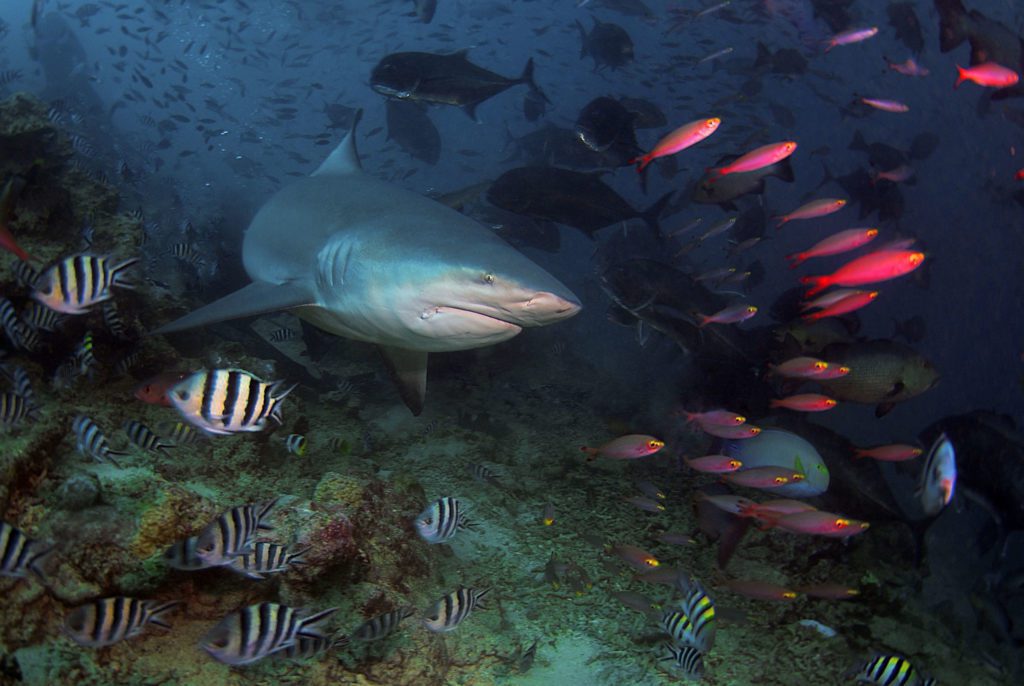
I have always preferred less hand’s-on shark feeds, where the food is presented in a chumsickle or similar fashion, rather than a stick or hand-feed, and here I was far more interested in the bin feed aspect. It allowed me to focus on particular sharks as they cruised around below the feeding station and get nice portrait shots of them in a relatively natural guise, as opposed to mouth-gaping images as they raced in to take the hand-held food.
The bull sharks of Beqa Lagoon are renowned as being among the largest in the world, and they truly are impressive beasts. It is not just the length of them – some over ten feet long – but more the girth and the size of their heads. To have them literally right in front of you, in numbers exceeding 25-30 animals at the height of the dive, was simply awe-inspiring.
It was ten minutes into this dive that the monster tiger shark turned up, which added a whole new dimension to things! Tigers do show up at the feeds from time to time, but it is sporadic and according to the team when I spoke to them afterwards, they hadn’t seen one for the prior three weeks. This particular animal, which they called Survivor, was especially frisky, and kept closing her eyelids, which was a little disconcerting when she was heading straight for me! It was interesting to note the hierarchy changed with her arrival. Before that, the bulls had ruled the roost, dominating the smaller species, which stayed around the peripheral area of the dive site, but once Survivor showed up, the bulls totally bowed down in her presence, only regaining their confidence once she lost interest and swam off down the reef.
FUN FACT - Straddling the 180th meridian, Fiji has frequently been called the ‘crossroads of the Pacific’.
Best Diving South Pacific
After our exciting tiger and bull shark dive, our second day of shark diving was spent with Beqa Adventure Divers. Established in 2004 – though some of the staff at BAD, as the organisation are known, have been conducting shark dives since 1998 – it is a slick, professional operation which is proud of its efforts to set up marine protected areas in the lagoon, and between the two shark dives, resident marine biologist Peni ‘Ben’ Saqata gave a lengthy, in-depth and highly interesting talk about the bull sharks we were diving with, explaining how and why they did shark counts, and other marine-life studies BAD are involved with. It gave a truly educational aspect to the day which, as I have always maintained, is where shark-feeding dives can come into their own. They also insisted that all the divers wear thin black gloves to lessen any remote risk of a flash of a white palm being mistaken for a fish scrap. One particularly obstinate guest initially refused to wear the gloves, but soon changed his mind when told if he didn’t wear them, he wouldn’t be diving!
The dives carried out here were both different. Dive one was held at 100ft, and this deeper depth seemed to attract more and bigger sharks, as there must have been more than 50 at one point. As with the previous day, the participants were staged behind a coral wall, while the feeders were out front, and the wranglers hovered behind. There was some hand-feeding, but the majority of the dive was conducted using food dropped from the wheelie-bin dispensers. No tiger shark to disrupt things this time around – though Stephan and I were constantly having our heads on a swivel looking! – but the huge majestic bulls were more than enough entertainment and excitement, especially in such numbers.
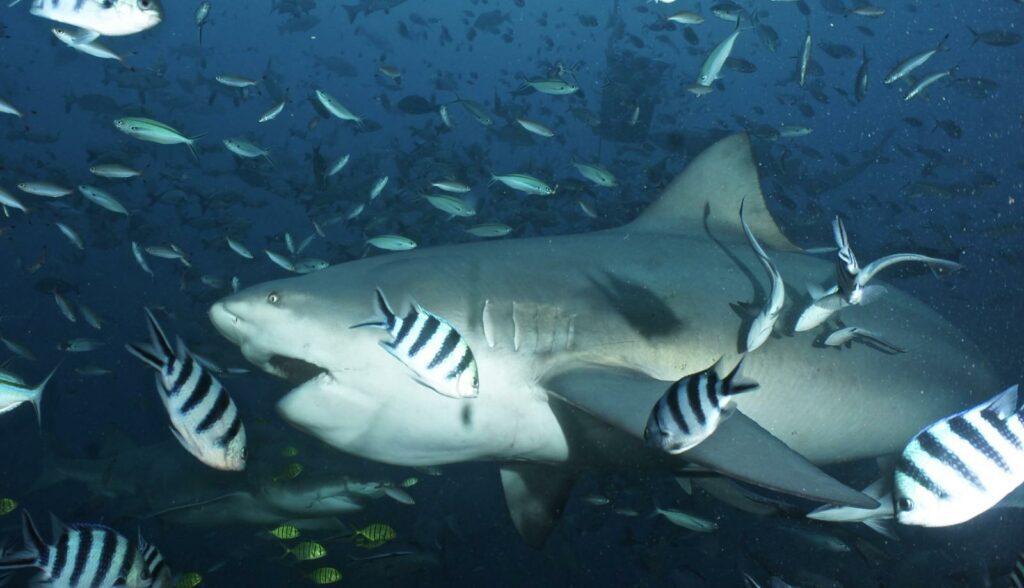
After a set time, all the divers moved up the reef wall to around 30ft, and here the feed attracted mainly grey reef sharks, which swam gracefully around and in front of the divers.
Finally, we all moved into safety stop depths, and while clearing our computers, the feeders distributed food to the smaller species, such as whitetip and blacktip reef sharks.
The second dive is no deeper than 50ft, with flat sections for you to ‘lie down’ behind a low coral wall. Here more feeding is done by hand, as well as by the wheelie bin, and again bull shark numbers were well into the 30s.
After watching Of Shark and Man, and reading numerous articles about the bull sharks of Beqa Lagoon, I have to say that I was stoked to be seeing them firsthand. Bull sharks are absolutely amazing animals – muscular, powerful and yet beautiful at the same time. You feel insignificant in the presence of just one, but when you are witness to 45-50 of the sharks at the same time, it is awe-inspiring and humbling. As mentioned, the two operations – Aqua Trek and Beqa Adventure Divers – have different approaches to their shark dives, but whoever you choose will put you right in the hot seat for a close encounter.
Yes, it is shark feeding, albeit only a few scraps, and I know all the arguments both for and against this sort of thing, but personally, as long as there is a strong educational aspect and the sharks are not being exploited, I don’t think there is a better way to get people over their irrational fear of sharks than being face-to-face with one in the wild and being able to see them for what they are – simply amazing, well-adapted apex predators in their element.
Combine a couple of days of bull shark diving in Beqa Lagoon with a week on the coral reefs off the north of the island at Volivoli and you have all the ingredients for a truly memorable vacation. Fiji is a stunning island topside as well, and the natives are friendly and welcoming, so book a trip now and be ready to say ‘Bula’ to Fiji yourself.
GOOD TO KNOW - Avoid wearing a hat in a village as it is considered an insult to the village chief – and it is also insulting to touch someone’s head.
Scuba Diving In Fiji – Know Before You Go
Fiji Water Temperature
The seawater is always pleasant around Fiji. Winter in the local area (June – September) brings seawater temperatures of at least 25 degrees Celsius (77 degrees Fahrenheit). Summer temperatures can reach 30°C (86°F).
Best Time To Dive Fiji
You can dive Fijian waters all year round, but the best conditions in terms of visibility run from May through to October.
Currency In Fiji
The currency in Fiji is the Fijian dollar, but many resorts will accept payment by credit card.
Entry Requirements For Fiji
A four-month visa is granted automatically on arrival for visitors – you just need to have a valid passport with at least six months remaining, and a return air ticket.
Electricity In Fiji
240 volt with a three-pin socket – bring an adaptor to be able to use US-type-plug equipped devices.
